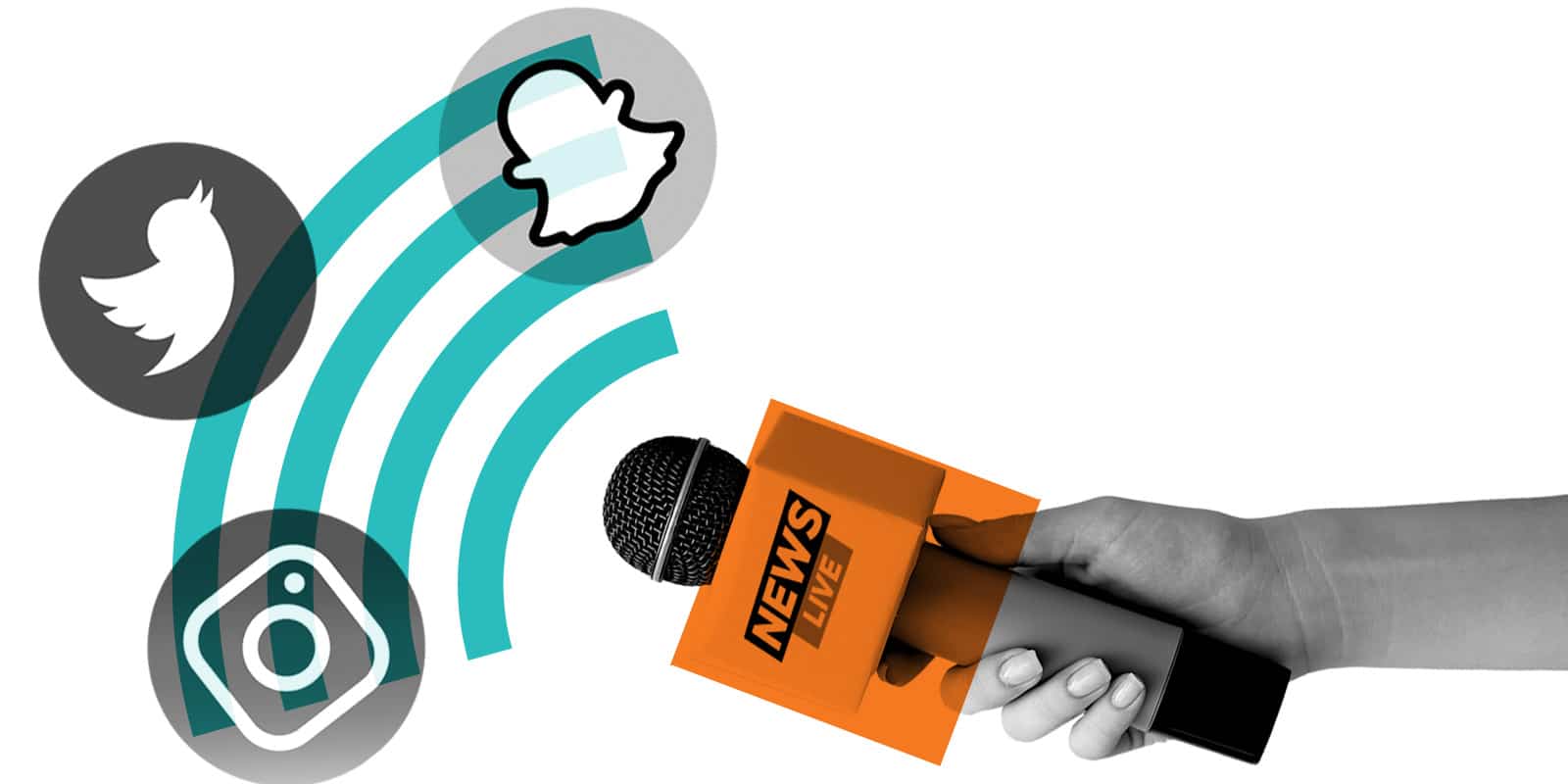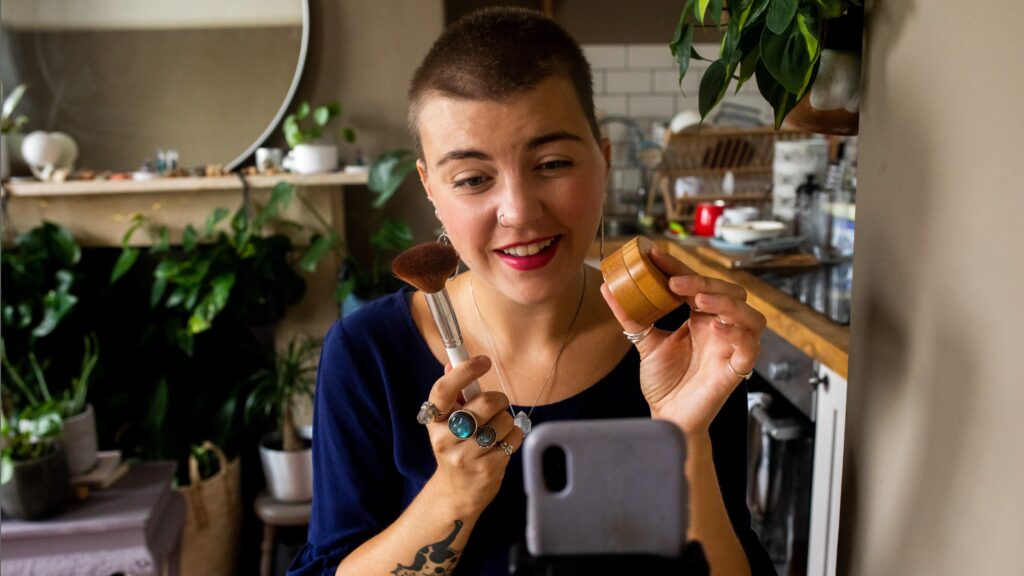Growth Trends 2023: News consumption is changing and so should you

By Emma Dibben Head of Publishing and Media Partner Engagement
It is not new news that news consumption is shifting, or that social media and aggregators such as Apple News are important access points for consumers. What is new is that in markets including the UK, the 18-24 age group are now more likely to use social media as their main source of news (39%) versus established news sites or apps (34%.)
This represents a key shift in behaviour, which can be attributed to the emergence of platforms such as Instagram and TikTok. It means that the way in which news is consumed is different for social natives (18-24s) and this difference is exaggerated further for the under-18 age group.
News consumption is becoming, and will continue to be, more of a serendipitous discovery based on personal interests rather than the more traditional presentation of the news agenda. The audience’s expectation is that content will be snackable. Consumers are curators now and so they have higher expectations that news will be ‘for me.’
If social media is the gateway, providers such as The Sun, Channel 4, BBC News, Guardian, MailOnline and LBC are the destination for the facts and the full story. Piggybacking the social journey with publishers, and being present at the destination, will unlock optimum growth for brands across multiple platforms and will support verified sources of journalism.
- In 2018, 52% of 18-24s started their journey with news websites or apps; in 2022 this figure is just 28%. The 35+ group accessing news directly in 2022 is at 49%. From this, we know that the disparity in news consumption for older and younger groups is becoming greater.
- When it comes to Gen Z’s engagement with news, Twitter has the highest proportion of UK 18-24s accessing weekly news at 21%, followed by Instagram at 17%. Not surprisingly, the fastest growing news platform is TikTok. Engagement in news via TikTok in the UK has increased from 1% in 2020 to 8% in 2022, and 16-24s make up half of these users.
- While there is an educational role in news consumption for younger audiences around hard news, we know that under-35s are more likely to engage with soft news topics. Key themes include science and technology (40% interested) entertainment and celebrity news (33% interested) culture (music, books, film and arts, 37%) and lifestyle news (36%) which is perfect territory for brands to play in.
UK news brand platforms reach 80% of 18-24s monthly and 36% of young adults aged 16-24 access news via BBC One, with 29% using a BBC website or app. While we know that the journey starts in social, established news providers are a key destination when it comes to news content. These news outlets have recognised the importance of emerging platforms and are creating original content specifically tailored by platform. In many cases, the presence of these brands is nascent. The highest-ranking UK news providers brands on TikTok for news include the BBC, Sky, ITV, Daily Mail, The Sun, Guardian, Daily Star and Channel 4, but the footprint is currently relatively small with 24% of news on TikTok coming from news organisations. The remaining 76% is a raft of user generated content from ‘other people’ or ‘friends and family’.
We can expect news media outlets to create much more editorial and co-branded content, which is more specifically tailored for social platforms to reach Gen Z. For brands, this presents a key opportunity to cocreate content which is specific to social platforms via trusted news providers.
When it comes to targeting 18-24s, the audience is hard to reach. Standout on social media is difficult and news providers are not an automatic consideration to cut through to young audiences. But brands can harness softer content strands such as lifestyle, entertainment and sport. Consumers who are in discovery or learning mode bring an opportunity for brand discovery and consideration, and news providers can fulfil this need.
The growth opportunity:
Brands can ‘piggyback’ on publisher social content by activating video and display ads against publisher content on the likes of Twitter, Meta platforms and YouTube. Content can be co-created specifically for social with media partners around particular moments, such as the FIFA Women’s World Cup 2023, which will reach consumers in the moment. There is a huge growth play in ecommerce on these platforms too. For example, live events can drive growth for brands. ‘TikTok made me buy it’, curated by publishers, has powerful potential and is coming soon.
3 things to do today…
Remember that social media platforms are search engines.
Capitalise on the fact that young audiences are in discovery mode and consider how piggybacking social media news content can help new audiences find your message and potentially drive e-commerce.
For co-branded content, give the audience creators that they respect.
Make it interactive and focus on interest areas that resonate.
Think about the role that different types of news can play for your brand.
Consumers are ‘finding’ many different types of news across a variety of media brands. Should a brand venture further into content creation beyond social media with an established news platform, consider the role for different formats such as video, audio and text, in both long and short forms.
Fill in your details below to download a full copy of the 2023 Growth Trends report.











